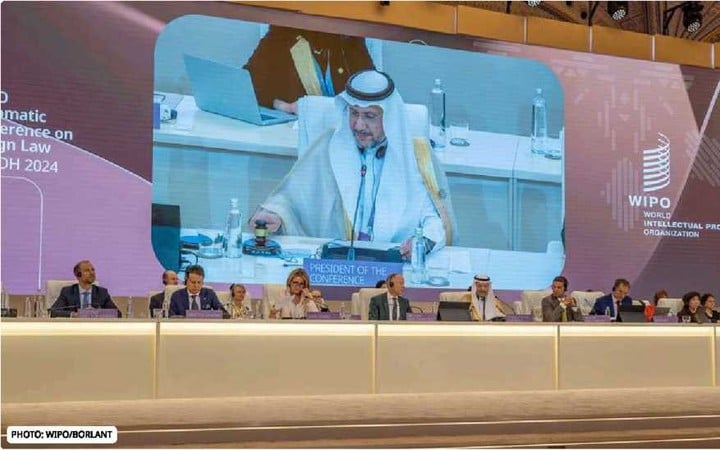
WIPO Director General Daren Tang celebrated the adoption of the Riyadh Industrial Design Law Treaty (so named in recognition of the city of Riyadh, which hosted the final phase of the 20-year negotiations). He also congratulated negotiators on reaching the agreement and commended the Conference President, Dr. Abdulaziz Al Swailem, CEO of the Saudi Arabian Intellectual Property Authority (SAIP), for his leadership.
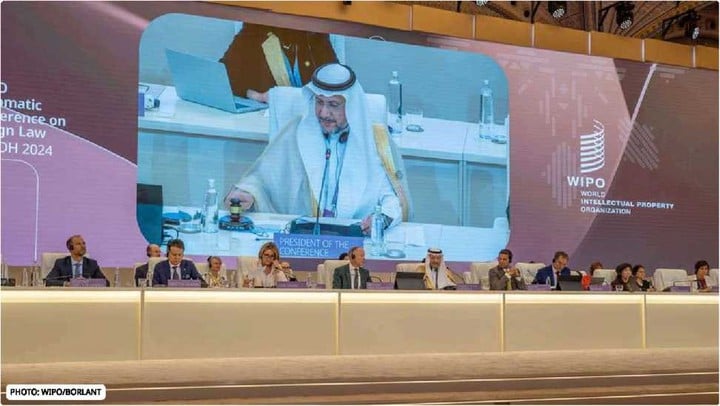
Photo: WIPO/Borlant
“After 20 years and two weeks of negotiations, we have made history today and welcome WIPO’s 28th international treaty, the Riyadh Industrial Designs Law Treaty,” said WIPO Director General Daren Tang at the event.
"The second treaty adopted by member states this year is not only a victory for industrial design designers but also an achievement of multilateral cooperation," Tang said in his closing speech at the diplomatic conference hosted by Saudi Arabia at the King Abdul Aziz International Conference Center in Riyadh from November 11 to 22, 2024.
“In May, we adopted the International Treaty on Intellectual Property, Genetic Resources, and Traditional Knowledge Related to Genetic Resources. Six months later, we came together to adopt the Riyadh Industrial Design Law Treaty. We have demonstrated that multilateral cooperation can make the world a better place,” Mr. Tang emphasized.
He also stressed the importance of the treaty for industrial designers: “The negotiation process has allowed us to really engage with an issue that WIPO has not focused on in a long time. That is industrial design, industrial designers, and their talent in using color, form, shape, beauty and aesthetics to delight the senses, enrich our lives, enhance our heritage and change our culture.”
In his closing remarks, CEO Daren Tang concluded: “Let this conference inspire a world of borderless innovation, where creativity thrives and where intellectual property serves as a force for good. Together, we have made history. Together, let us continue for the benefit of innovators around the world.”
Photo: WIPO/Borlant
Dr. Al Swailem, Chairman of the Conference, said that the name of the “Riyadh Industrial Design Law Treaty” reflects the important role of Saudi Arabia as a bridge between cultures and a hub for supporting global innovation. He added: “The adoption of this treaty is a historic achievement, highlighting Saudi Arabia’s contribution to the international intellectual property framework. It opens up new opportunities for cooperation between member states. This treaty will lay the foundation for important legal frameworks that will benefit industrial designers and promote innovation worldwide.”
Benefits of the Riyadh Industrial Designs Law Treaty:
Industrial designs stimulate consumer choice by making products more attractive. They are business assets that increase the market value of products and provide a competitive advantage. The Riyadh Industrial Designs Law Treaty will make it easier for designers to register designs, especially for designers and micro, small and medium-sized enterprises.
Currently, the process of protecting industrial designs varies from country to country. Some countries protect industrial designs as “registered industrial designs”. The registration system may involve the examination of an industrial design application by an intellectual property office, with procedures varying from country to country. In other jurisdictions, industrial designs are protected under patent law as “industrial design patents”, which are usually granted only after a thorough examination of the application by the intellectual property office.
In addition, industrial design authors must generally follow the filing procedures set by the intellectual property office of the country in which they seek protection. Since intellectual property rights in industrial designs are territorial, they are limited to the country or region in which the design is protected. Therefore, authors must go through the same process in each country or region in which they wish to protect their industrial design.
The Riyadh Industrial Designs Law Treaty will create a framework for industrial design protection procedures, making the registration process more predictable and less complicated and more accessible. This will make it easier for creators to file applications in different jurisdictions.
Key points of the Treaty:
• Establish a maximum list of indications or elements that the designer must submit with the application. Establishing a list of elements is intended to create a predictable framework for the industrial design protection procedures: prospective applicants will know exactly which indications or elements may be required.
• Allows applicants to choose how to present the industrial design in the application (drawing, photo or video - if accepted by the intellectual property office).
• Under certain conditions, an applicant is allowed to file multiple industrial designs in one application.
• Establishing the requirements for the recognition of a filing date. Maintaining a minimum list of requirements for the recognition of a filing date is important for industrial design applications, where delay in the filing date can result in loss of rights.
• Provide for a 12-month grace period after the first disclosure of an industrial design, during which disclosure of the design shall not affect the registration.
• Allows applicants to keep their industrial designs from being published for at least six months after the filing date.
• Provide support measures and some flexibility for applicants to avoid losing rights if they miss deadlines. Without such measures, missing deadlines often results in losing rights. For industrial designs, such loss is irreparable.
• Simplify industrial design renewal procedures.
• Promote the implementation of the electronic filing system for industrial designs and the electronic exchange of priority documents.
The Treaty also provides for technical assistance to enable developing and least developed countries to implement the Treaty.
In addition, the Riyadh Industrial Designs Law Treaty links the protection of industrial designs with the protection of traditional knowledge and traditional cultural expressions. This is done through a provision that allows the signatories to require applicants to provide information on traditional knowledge and traditional cultural expressions relevant to the conditions for industrial design protection.
The treaty requires 15 signatories to come into force.
Source: https://www.wipo.int/pressroom/en/articles/2024/article_0017.html
Source: https://mst.gov.vn/wipo-thong-qua-hiep-uoc-luat-kieu-dang-cong-nghiep-riyadh-19725070307262668.htm


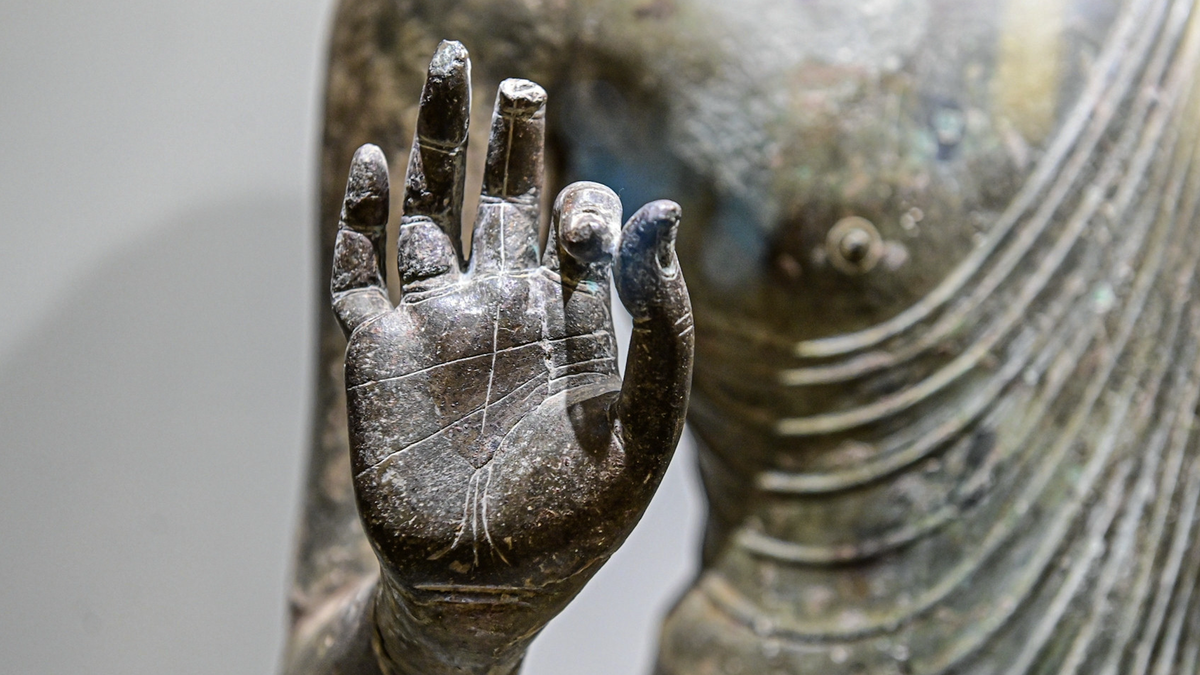


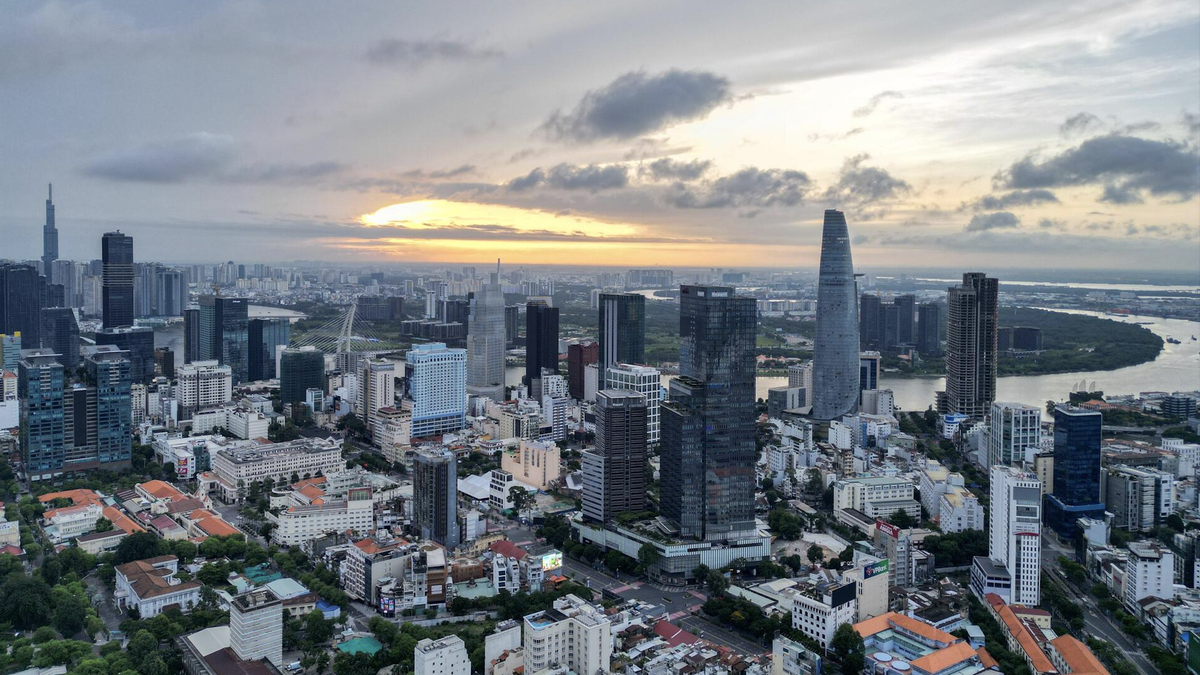


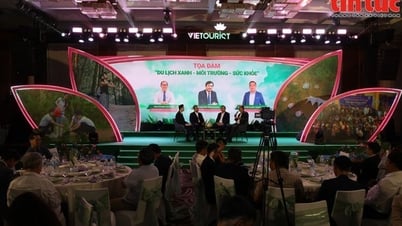


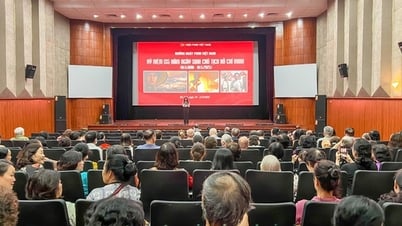

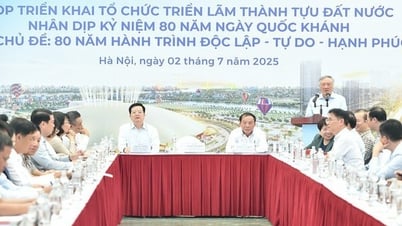







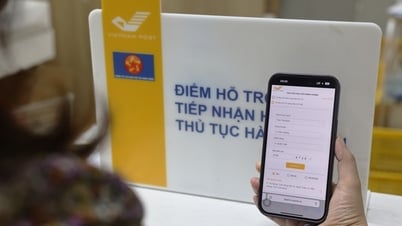
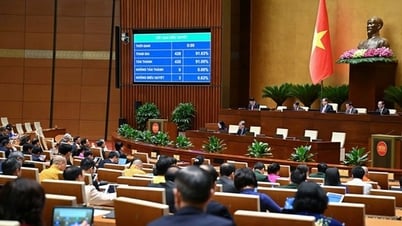

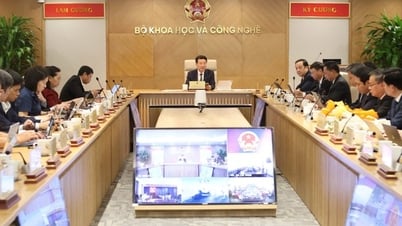












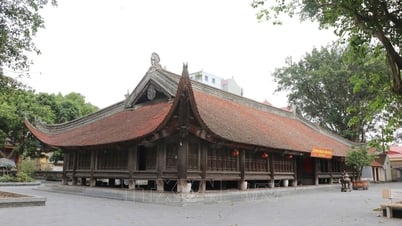

















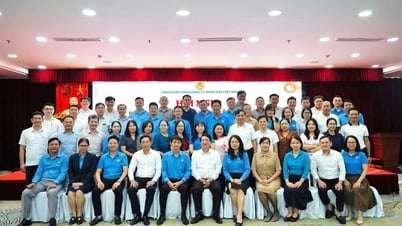
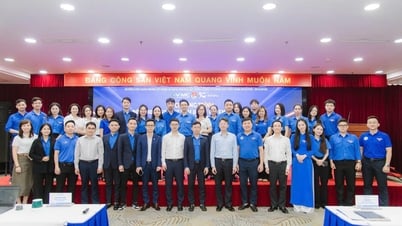
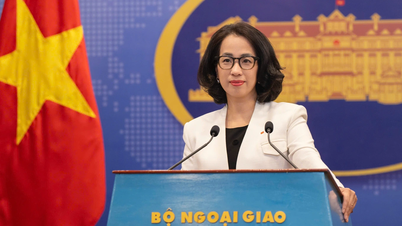

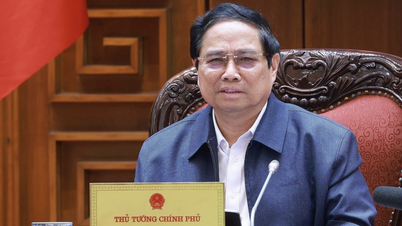















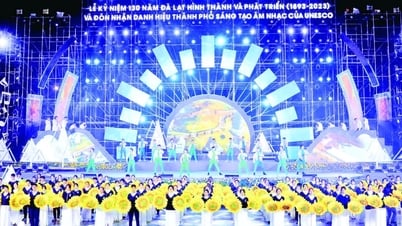

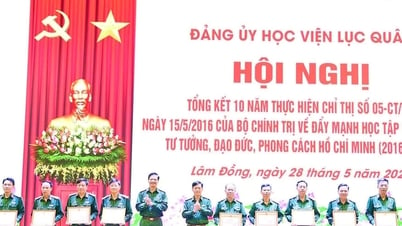















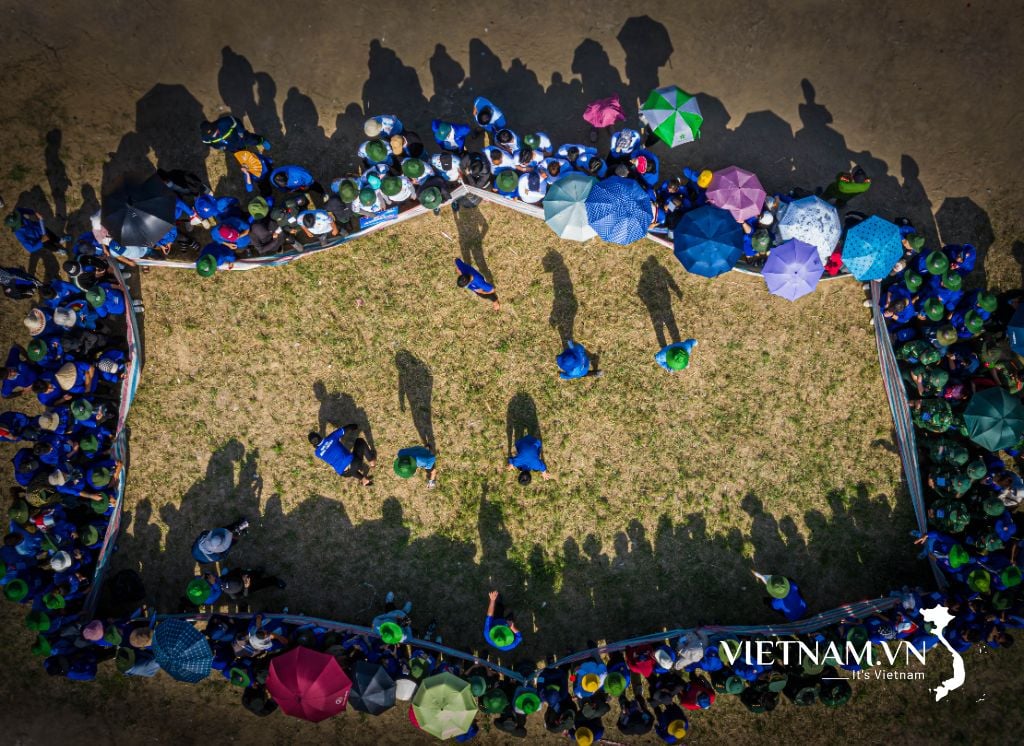
Comment (0)